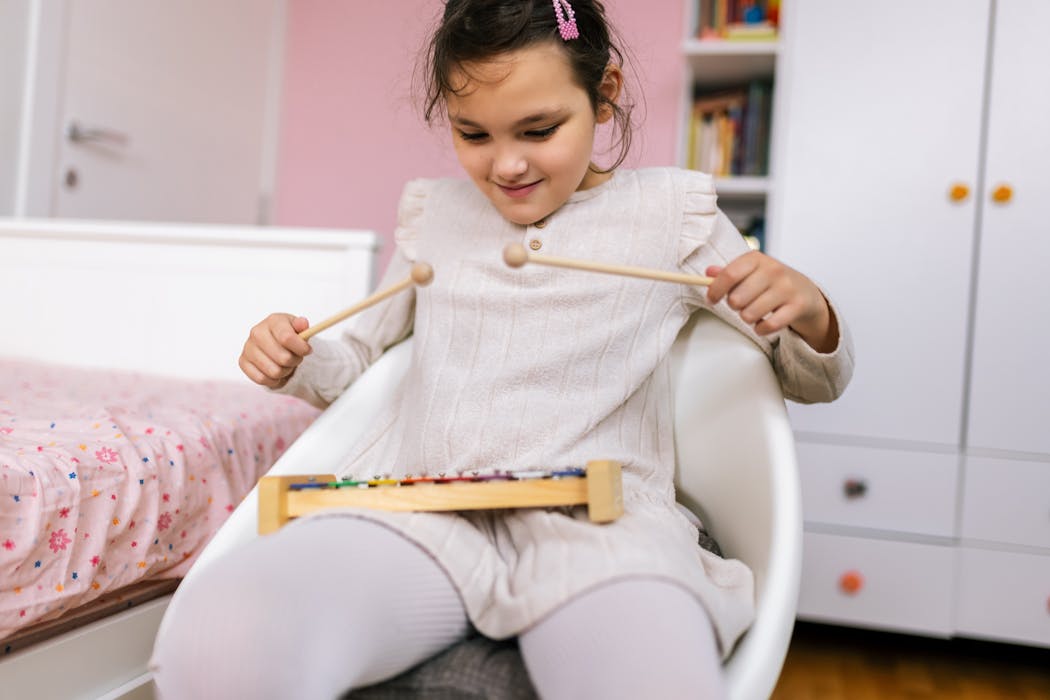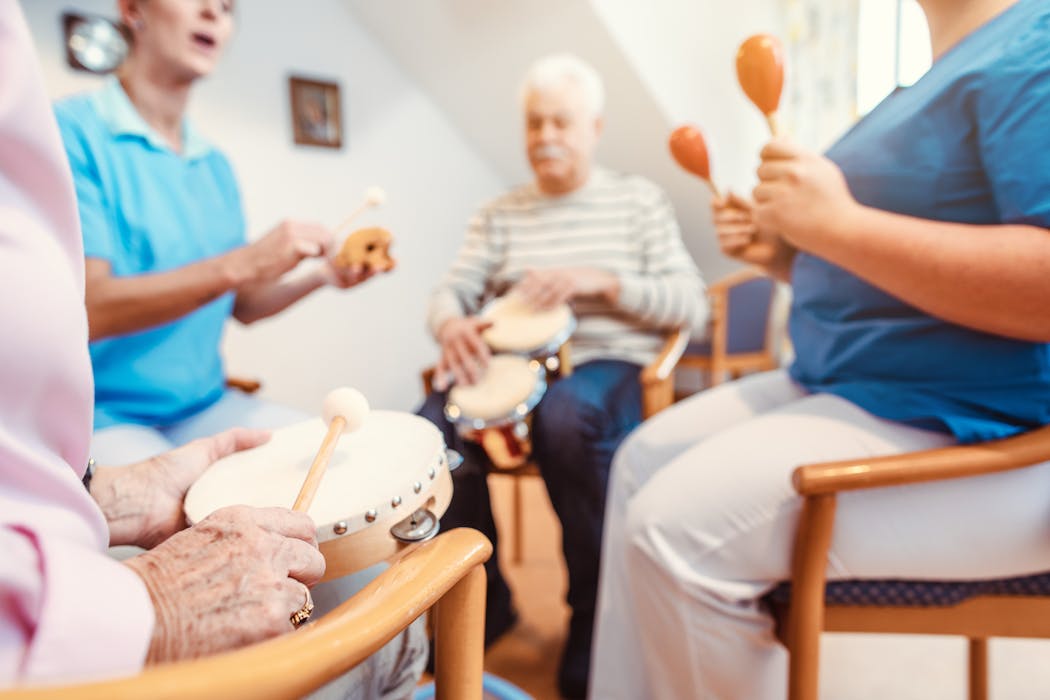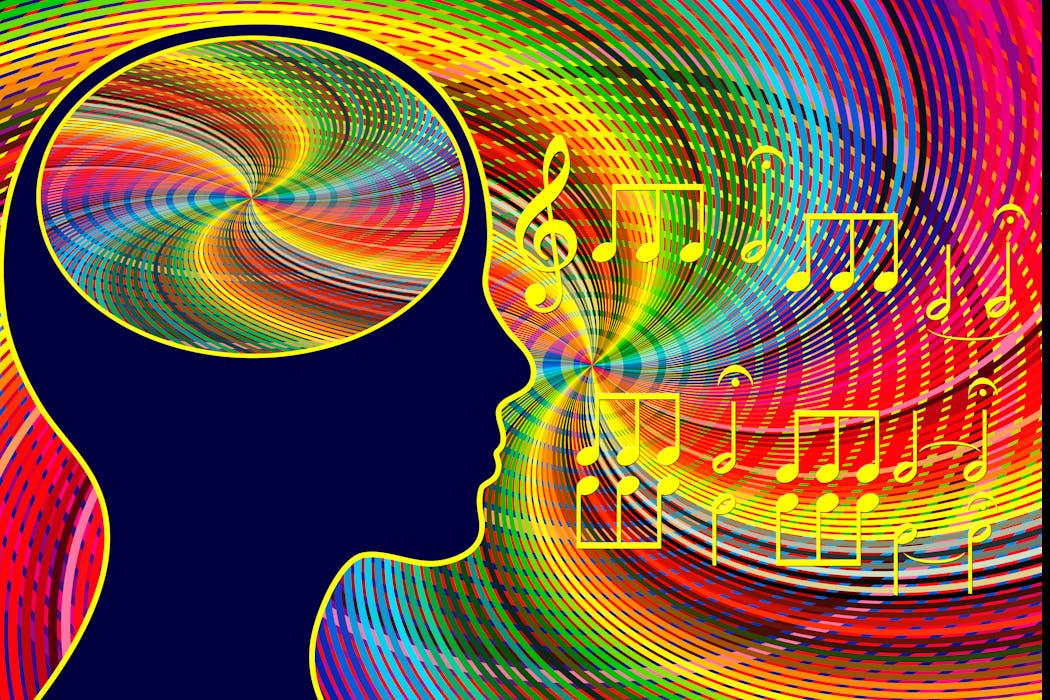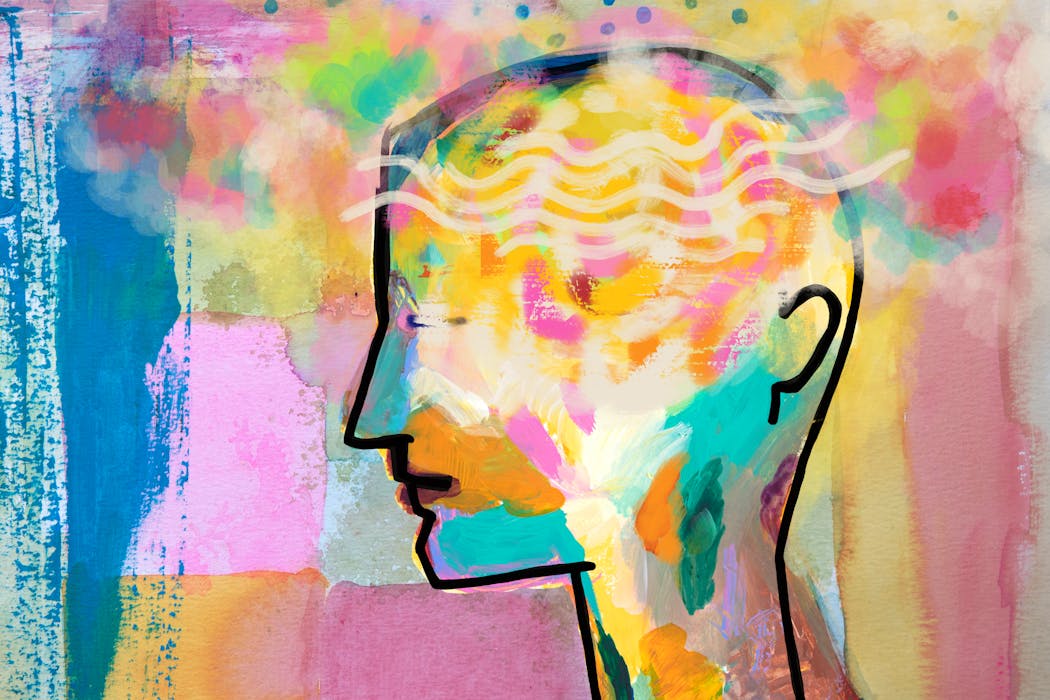Post-traumatic stress disorder (PTSD) is a mental health condition that can develop after a person has been exposed to a traumatic event. This can include experiences such as war, natural disasters, physical or sexual assault, or other life-threatening events. The impact of trauma on mental health can be profound, leading to symptoms such as flashbacks, nightmares, severe anxiety, and uncontrollable thoughts about the event. These symptoms can significantly impair a person’s ability to function in their daily life and can have a lasting impact on their overall well-being.
The effects of PTSD can be long-lasting and can interfere with a person’s ability to form and maintain relationships, hold down a job, and engage in activities they once enjoyed. It can also lead to other mental health issues such as depression, substance abuse, and suicidal thoughts. Understanding the impact of trauma on mental health is crucial in order to provide effective treatment and support for those who are struggling with PTSD. It is important to recognize that PTSD is a legitimate and serious mental health condition that requires professional intervention and support.
The Role of Art Therapy in PTSD Treatment: How Creativity Can Heal
Art therapy has emerged as a powerful tool in the treatment of PTSD, offering a unique approach to healing that goes beyond traditional talk therapy. The use of creative expression in the form of art can provide individuals with a safe and non-verbal way to process their trauma and emotions. Through the use of various art mediums such as painting, drawing, sculpture, and collage, individuals can explore their feelings and experiences in a way that words alone cannot capture. This can be particularly beneficial for those who struggle to verbalize their emotions or who have difficulty accessing their traumatic memories.
Art therapy provides a safe space for individuals to express themselves without fear of judgment or criticism. It allows them to tap into their creativity and use it as a means of self-expression and healing. The role of art therapy in PTSD treatment is to help individuals process their trauma, reduce symptoms of anxiety and depression, and improve their overall well-being. By engaging in the creative process, individuals can gain a sense of control over their emotions and experiences, leading to a greater sense of empowerment and self-awareness.
Exploring the Connection Between Art and Emotional Healing
The connection between art and emotional healing has been recognized for centuries, with art being used as a form of therapy in various cultures around the world. The act of creating art has been shown to have a profound impact on emotional well-being, providing individuals with an outlet for self-expression and a means of processing difficult emotions. Through the act of creating art, individuals can externalize their internal experiences, gaining insight into their emotions and experiences in a way that is both therapeutic and transformative.
Art has the power to evoke emotions, memories, and sensations that may be difficult to access through traditional forms of therapy. The act of creating art can be cathartic, allowing individuals to release pent-up emotions and find relief from their psychological distress. This connection between art and emotional healing is at the core of art therapy for PTSD, providing individuals with a powerful tool for processing their trauma and finding inner peace.
The Benefits of Art Therapy for PTSD: A Holistic Approach to Recovery
The benefits of art therapy for PTSD are numerous, offering a holistic approach to recovery that addresses the physical, emotional, and psychological aspects of trauma. Art therapy provides individuals with a safe and supportive environment in which they can explore their trauma and emotions without fear of judgment or criticism. This can lead to a greater sense of self-awareness and empowerment, as individuals gain insight into their experiences and develop coping strategies for managing their symptoms.
Art therapy also offers individuals a means of connecting with others who have experienced similar trauma, providing a sense of community and support that is essential for healing. Through the act of creating art together, individuals can build connections with others who understand their experiences, reducing feelings of isolation and alienation. This sense of connection can be incredibly healing for those who have experienced trauma, providing them with a sense of belonging and understanding that is essential for recovery.
Techniques and Exercises in Art Therapy for PTSD: Finding Inner Peace Through Creativity
There are a variety of techniques and exercises used in art therapy for PTSD that are designed to help individuals find inner peace through creativity. One common technique is the use of guided imagery, in which individuals are guided through a visualization exercise while creating art. This can help individuals access their traumatic memories in a safe and controlled way, allowing them to process their experiences while engaging in the creative process.
Another technique used in art therapy for PTSD is the use of mindfulness-based art exercises, which encourage individuals to focus on the present moment while creating art. This can help individuals reduce symptoms of anxiety and hyperarousal, allowing them to find a sense of calm and relaxation through the act of creating art. By incorporating these techniques and exercises into art therapy for PTSD, individuals can find inner peace and healing through the power of creativity.
Case Studies: Real-life Examples of Art Therapy Transforming PTSD Symptoms
There are numerous case studies that demonstrate the transformative power of art therapy in treating PTSD symptoms. One such case study involved a military veteran who had been struggling with severe symptoms of PTSD following his deployment. Through the use of art therapy, he was able to process his traumatic experiences and gain insight into his emotions in a way that he had not been able to through traditional talk therapy alone. Over time, he was able to reduce his symptoms of anxiety and depression, leading to an overall improvement in his well-being.
Another case study involved a survivor of sexual assault who had been experiencing severe symptoms of PTSD for many years. Through the use of art therapy, she was able to externalize her trauma through the act of creating art, gaining a sense of control over her experiences and emotions. This led to a reduction in her symptoms and an improvement in her overall quality of life. These case studies highlight the profound impact that art therapy can have on individuals struggling with PTSD, providing them with a powerful tool for healing and recovery.
Integrating Art Therapy into PTSD Treatment: Supporting Mental Health and Well-being
Integrating art therapy into PTSD treatment is essential for supporting the mental health and well-being of individuals who have experienced trauma. By providing individuals with access to art therapy as part of their treatment plan, mental health professionals can offer a holistic approach to recovery that addresses the physical, emotional, and psychological aspects of trauma. This can lead to improved outcomes for individuals struggling with PTSD, providing them with a safe and supportive environment in which they can process their trauma and find healing through creativity.
In addition to individual art therapy sessions, integrating art therapy into group therapy settings can provide individuals with a sense of community and support that is essential for healing. By engaging in the creative process together, individuals can build connections with others who understand their experiences, reducing feelings of isolation and alienation. This sense of connection can be incredibly healing for those who have experienced trauma, providing them with a sense of belonging and understanding that is essential for recovery. By integrating art therapy into PTSD treatment, mental health professionals can support the overall well-being of individuals struggling with trauma, providing them with a powerful tool for healing and recovery.
Find out how Torongo Therapyplus can help you with your needs. Get in touch with us at smile@torongo.life, or call us on 02 8809 9965.































